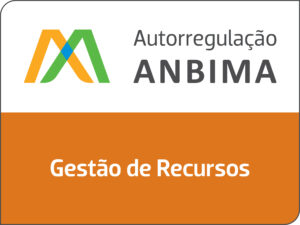With fundamental analysis as the exclusive cornerstone of our management philosophy, research is, for Dynamo, an essential, everyday tool.
Bibliographic References Dynamo Report 125
- Arrow, K. (1963) Uncertainty and the welfare economics of medical care. The American Economic Review, volume LIII, number 5.
- Grossman, M. (1972) The Demand for Health: A Theoretical and Empirical Investigation. Columbia University Press, NY.
- Junior, H. (2024) O […]
Bibliographic References Dynamo Reports 123 e 124
- Asness, C. (2024) The less-efficient market hypothesis. Forthcoming in the 50th Anniversary of the Journal of Portfolio Management.
- Asness, C. (2023) No one would call Warren Buffett a Quant. Interview for Bloomberg Wealth and […]
Bibliographic References Dynamo Reports 121 e 122
- Companies mentioned:
- BP, Chevron, ConocoPhillips, Enel, Engie, ENI, E.ON, Equinor, Exxon Mobil, Iberdrola, Marathon, Occidental Petroleum, Phillips 66, Repsol, Saudi Aramco, Shell, Total Energies, Valero
- Documents:
- Articles of Association Bylaws Proxy Statements […]
Bibliographic References Dynamo Report 118
- BCG (Boston Consulting Group), 2022. Brazil Climate Report: Seizing Brazil´s Climate Potential. Brazil Climate Summit, Sep22.
- Chausson, A. et al. (2020) Mapping the effectiveness of nature-based solutions fir climate change adaptation. Glob Change Biol, 2020,26.
- GCCSI (Global Carbon Capture […]
Bibliographic References Dynamo Reports 116 e 117
- Berry, C. (1978) Alternative Dimensions of Corporate Diversification: An Entropy Approach, Centre de Recherches Interdisciplinaires Droit-et-Economie, Institut des Sciences Economiques.
- Bezos, J. (2011 e 2013) Letter […]
Bibliographic References Dynamo Reports 114 e 115
- Bebchuk, L. & Hirst, S. (2020) Index funds and the future of corporate governance: theory, evidence and policy. ecgi, working paper n. 433/18.
- Bebchuk, L. & Kastiel, K. (2019) The perils of small-minority controllers. Harvard Law School, discussion paper […]





